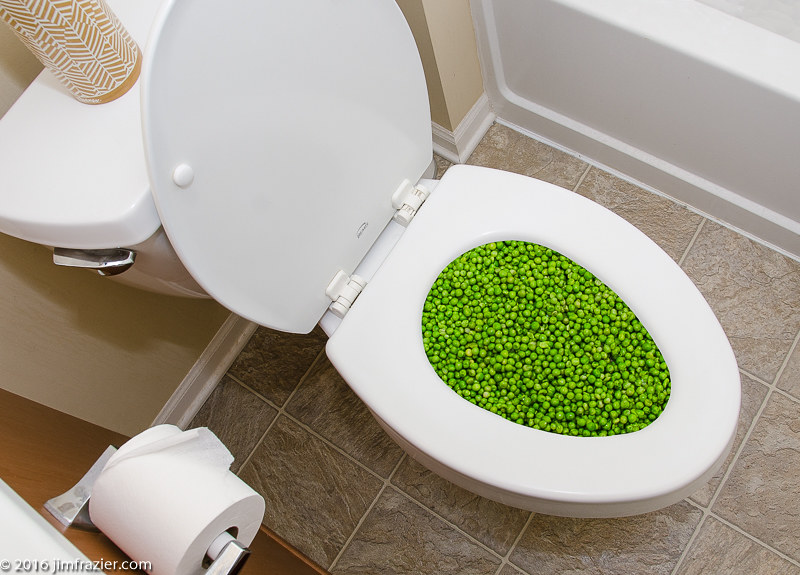Were you trying to find resources involving Flushing Food Down the Toilet??

Introduction
Many individuals are typically faced with the predicament of what to do with food waste, especially when it concerns leftovers or scraps. One typical inquiry that develops is whether it's alright to flush food down the bathroom. In this short article, we'll look into the reasons people might think about flushing food, the effects of doing so, and different methods for proper disposal.
Reasons that people may think about purging food
Lack of awareness
Some people might not recognize the prospective injury triggered by flushing food down the toilet. They might erroneously believe that it's a safe technique.
Ease
Flushing food down the commode might look like a fast and very easy option to disposing of undesirable scraps, specifically when there's no close-by trash can readily available.
Idleness
Sometimes, individuals might simply pick to flush food out of large negligence, without taking into consideration the effects of their actions.
Repercussions of flushing food down the bathroom
Environmental effect
Food waste that ends up in waterways can add to contamination and damage water ecosystems. Additionally, the water used to purge food can strain water resources.
Plumbing issues
Purging food can cause blocked pipelines and drains, creating costly plumbing repairs and hassles.
Sorts of food that need to not be purged
Coarse foods
Foods with coarse structures such as celery or corn husks can get tangled in pipelines and cause clogs.
Starchy foods
Starchy foods like pasta and rice can take in water and swell, bring about obstructions in pipelines.
Oils and fats
Greasy foods like bacon or food preparation oils ought to never be flushed down the toilet as they can strengthen and create obstructions.
Correct disposal techniques for food waste
Using a waste disposal unit
For homes equipped with waste disposal unit, food scraps can be ground up and flushed with the pipes system. Nonetheless, not all foods appropriate for disposal in this manner.
Recycling
Particular food product packaging products can be recycled, reducing waste and reducing ecological influence.
Composting
Composting is an environmentally friendly way to get rid of food waste. Organic products can be composted and utilized to enhance soil for horticulture.
The significance of appropriate waste management
Reducing ecological injury
Appropriate waste administration techniques, such as composting and recycling, assistance decrease pollution and preserve natural resources for future generations.
Protecting plumbing systems
By preventing the practice of flushing food down the bathroom, home owners can protect against costly plumbing fixings and keep the stability of their plumbing systems.
Final thought
In conclusion, while it might be appealing to purge food down the bathroom for ease, it is very important to understand the possible repercussions of this action. By embracing proper waste monitoring methods and throwing away food waste responsibly, people can contribute to healthier pipes systems and a cleaner atmosphere for all.
FLUSH FOOD DOWN THE TOILET?
FLUSHING FOOD CAN CAUSE BLOCKED DRAINS IN YOUR HOME
All of the plumbing fixtures in your home are connected to the same sewer pipe outside of your home. This outdoor sewer pipe is responsible for transporting all the wastewater from your home to the Council sewer mains. Even small pieces of food that go down the kitchen sink can cause problems for your sewer. It should therefore be obvious that flushing larger bits of food, such as meat, risks a clog in either the toilet itself or the sewer pipes. Flushing greasy food is even more problematic because oil coagulates when it cools, coating the interior lining of your pipes.
THE TOILET IS NOT A BIN
Food isn’t the only thing that people shouldn’t be flushing down the toilet. People use the toilet to dispose of all kinds of things such as tampons, makeup wipes, dental floss, kitty litter and even underwear. Water goes to great lengths to educate residents about the high costs and stress placed on wastewater treatment systems simply from people flushing the wrong stuff down the toilet. It costs taxpayers millions of dollars each year, and homeowners thousands in blocked drain repairs.
FLUSHING FOOD IS A WASTE OF WATER
Flushing food is a waste of our most precious resource - water. In June this year Level 1 water restrictions were introduced to protect water supply from drought conditions. Much of New South Wales continues to be affected by prolonged drought with recent figures revealing up to 97 per cent of the state remains in drought. Depending on whether you have a single or dual flush toilet, every single flush uses between five and 11 litres of water. In the current climate this is a huge amount of water to be wasting on flushing food that should be placed in the bin (or better yet, the compost).
https://www.jabplumbingsolutions.com.au/blog/can-you-flush-food-down-the-toilet

Do you like more info about Flushing Food Down the Toilet?? Give a comment further down. We would be happy to know your opinions about this content. We are looking forward that you come back again before long. Kindly pause to share this blog posting if you enjoyed it. I praise you for being here. Kindly come visit our blog back soon.
Top Article